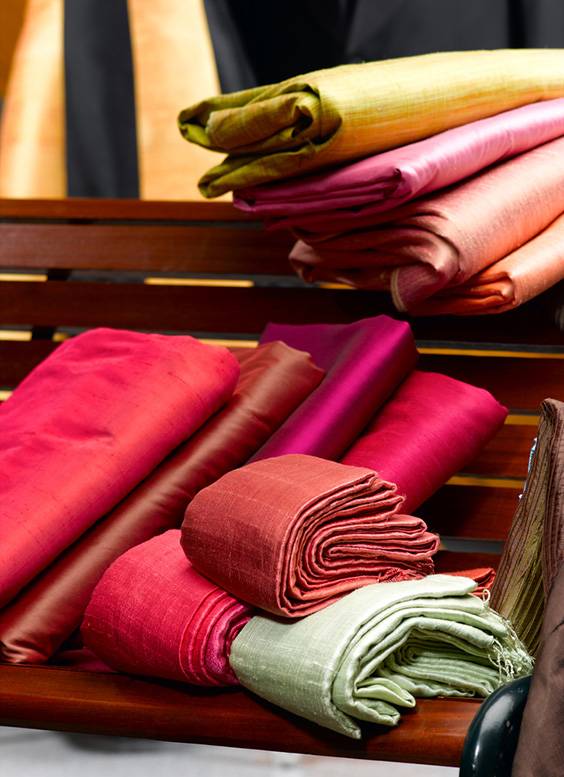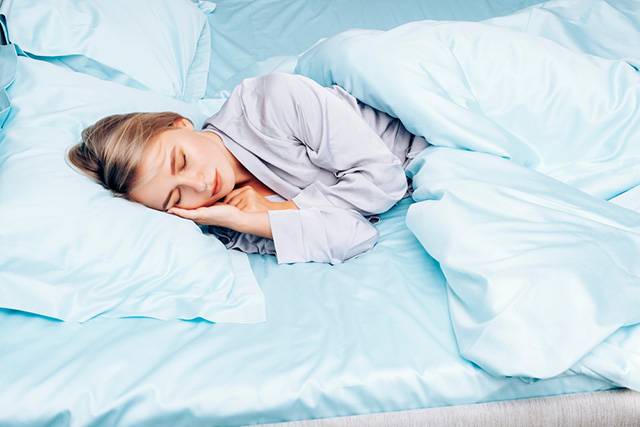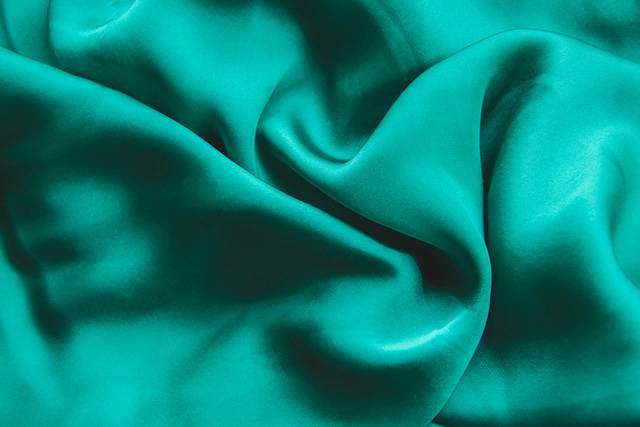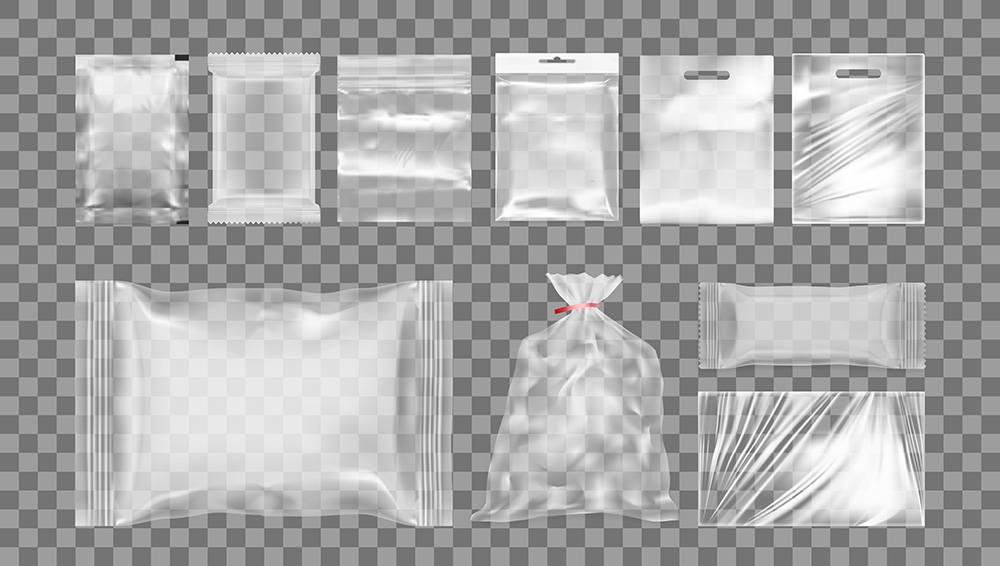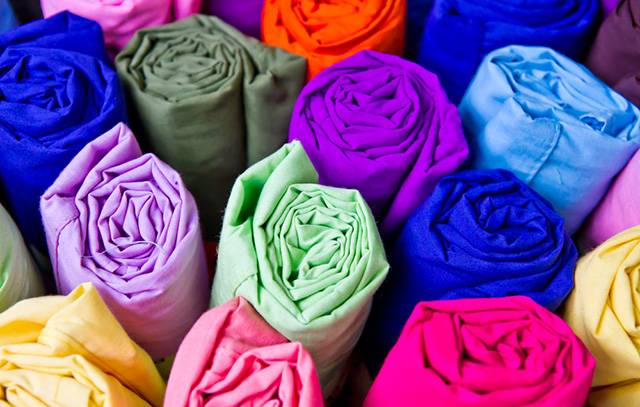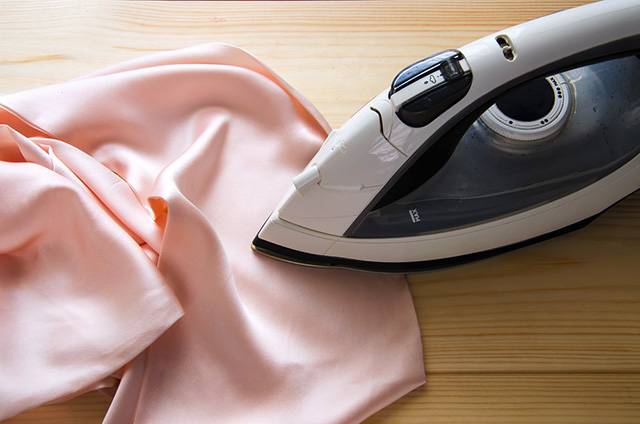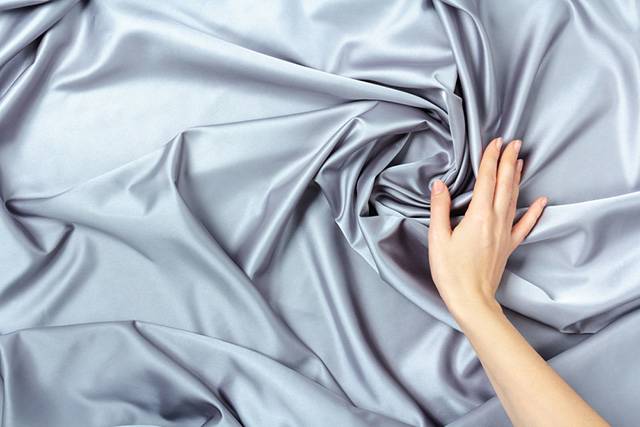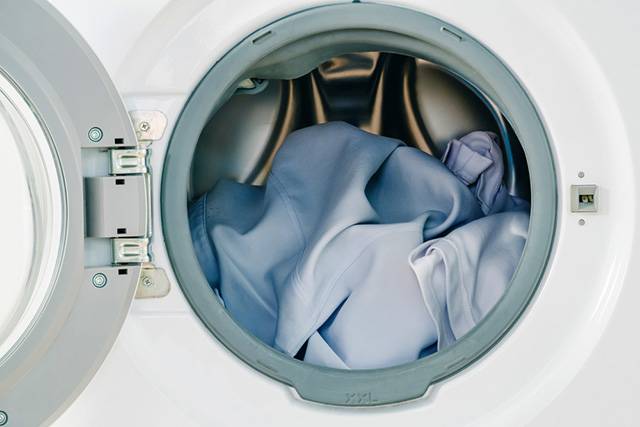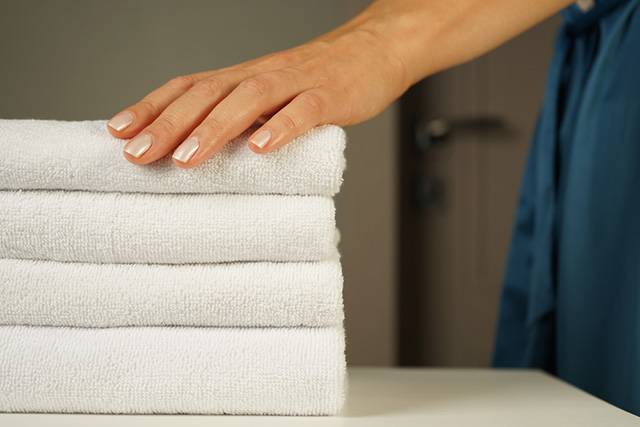One of the more delicate and luxurious materials out there is silk. Silk is used for making clothes and bedding, having numerous benefits as the latter. It’s also a higher maintenance material, meaning there is more to caring for it in comparison to other fabrics. All materials, whether used for bedding, clothes, furniture, art and more, must be treated with care and washed properly. We’ll discuss how exactly to wash silk sheets, right after we establish why silk is worth the effort.
Why Use Silk Sheets?
Other than being a luxury material, silk has many benefits to offer your sleep. Sleeping with silk sheets, pillowcases, and eye masks helps reduce wrinkles and is easy-going on sensitive and acne-prone skin. This is because silk is soft and smooth, minimizing the friction between you and your bedding.
Silk also doesn’t absorb moisture. This means your skin is hydrated and fresh every morning rather than covered in marks from the sheets rubbing against your skin. There is less irritation and more comfortable sleep. Silk also helps your hair stay tangle-free and hydrated to avoid that nasty bed head in the morning.
Caring for Silk Sheets
Silk sheets, as mentioned before, require a little more effort than your ordinary sheet. They are, however, worth the effort and become better versions of themselves the more you care for them. That’s right, silk quality increases with every wash!
As soon as you get new sheets, the first thing to do is wash them. Preferably, you should be hand washing your silk sheets, treating them as delicately as they are by nature. If you’re going to machine wash your sheets, then use a gentle cycle and mesh washing bag.
Silk never goes into direct sunlight, and for better measure should never be placed in the dryer. The best option is a good old-fashioned air-dry. Thankfully, silk is a thin, light material that dries out easily.
Storing Silk Sheets
Storing silk sheets is a little different from your ordinary ones since they are more sensitive. Firstly, it’s best to store all of your silk sheets inside tightly wrapped plastic bags. Keep moth repellent sachets or cedar balls wherever you’re storing them as well, to keep critters from chewing on your silk. No matter if they’re in a wardrobe or closet, make sure they have no exposure to sunlight. This will directly damage the silk fibers if they’re exposed to sunlight for too long.
Ironing Silk Sheets
While it’s not recommended, some people find themselves incapable of controlling the urge to iron their silk sheets. And yes, we all understand the pain of seeing those creases and we’re here to tell you how to properly iron them out.
It’s important to note though, that silk naturally straightens itself out over time. If you notice creases, give them some time to straighten out themselves. If they don’t then you can safely consider your sheets might need a little help.
Iron your silk sheets on the lowest possible heat setting, and iron them sparingly. You don’t want to leave the iron in one place for too long. Going over the sheets lightly is more than enough for your silk to flatten out.
Always iron your silk bedding, pillowcases, robes, and sheets, inside out. As a secondary means of protection, you can also iron them with a thin sheet in between the iron and the silk.
What to Use and Not to Use When Cleaning Silk
Some products can be used with silk, and then there are others you need to completely avoid. We will briefly go over these before discussing how to clean your silk sheets.
Silk is a natural fiber, meaning it’s not the sturdiest when standing up against man-made cleaning products. The best option is to find a cleaner that is made specifically for silk, and there are many. The catch is they come at higher prices due to their exclusivity.
You can resort to regular detergents and cleaners, keeping in mind that there are certain things to avoid that could seriously harm your silk’s fibers:
- Bleach is an absolute no since it’ll discolor all of your beautiful silk and damage the construction of the fibers.
- Fabric softeners are also not a good idea. They leave residue stuck to the silk and ruin the texture. Silk is already a soft and gentle material, so fabric softeners aren’t even necessary.
- Acidic detergents and alkaline-filled detergents are poor options as well since they’ll harden the silk over time. This will take the natural smooth texture of silk away from your expensive bedding.
If you’re not keen on finding specialized detergents and making separate loads just for silk sheets, then it’s better to resort to classic hand-wash for silk.
How to Wash Your Silk Sheets in a Machine
Step 1: Preparation
Before placing your silk sheets in the wash, make sure they are inside out and placed safely inside of a mesh bag. Also, make sure that your current load is filled with silk only and no other materials that could brush across the silk and damage its texture.
Step 2: Machine-Wash
Machine wash your silk on a delicate or gentle cycle. The water must be cold since silk gets damaged in hot temperatures.
Once again, make sure you are using silk-friendly detergent and not something acidic or something that contains alkaline. Bleach will yellow your silk, and softeners leave gunk on your sheets, so avoid including either of these in your washes as well.
How to Hand Wash Your Silk Sheets
Step 1: Preparation
Fill your bathtub up with cold to lukewarm water. You don’t want hot water as that will damage the silk sheets. If you notice that your water is harder, then add some Borax to the water. Hard water can also damage the silk fibers; you need to be as gentle as possible.
Step 2: Add Detergent
Now it’s time to add some silk-friendly detergent. The same limitations for machine-washing apply here. No softeners, no bleach, (you’ll be using your hands so this should be obvious) no alkaline or acidic detergents. If you don’t have a detergent catered specifically to silk’s needs, then baby shampoo is a great alternative. Pour this into the bathtub under the running water so it bubbles up and creates suds.
Step 3: Add in Your Silk Sheets
Submerge your silk in the bubbly water and gently sway it around in the water. Do not scrub or twist the silk as this will ruin the texture and composition of the silk. Do this for 10 to 15 minutes before removing your sheets and draining out the water.
Step 4: Rinse Out Your Silk Sheets
This is to remove the suds and soap from your sheets. You refill the tub with clean water and once again swish your sheets around in it rather than scrubbing or squeezing them. You can add drops of distilled vinegar to remove the soap easier, but then you’ll also have to wash out the vinegar smell as well. Hair conditioner masks the strong smell and helps soften the silk more once you’re done washing.
Drying Your Silk Sheets
Finally, it’s time to dry your sheets.
Step 1: Blot Your Sheets
What you want to do is blot your sheets. Never wring them out, since this will damage the fibers, and never dry them in the dryer. All that heat will ruin your silk beyond use.
Lay out a white towel flat and blot the silk sheets on top of the towel to remove excess water.
Step 2: Air-Dry Your Silk Sheets
Air-drying is the best way to go when it comes to silk sheets. They dry out quickly and it preserves the silky essence of the fibers. Use a line, non-slip hanger, or drying rack to flatten out your silk sheets and dry them, but never place them out in the sun. Do not place them over wooden racks or furniture either as this can leak and stain your sheets permanently with yellow and discolored stains.
The Wrap Up on Washing Silk Sheets
Though silk is one of the more demanding materials, it is certainly worth the extra care. It’s beneficial for your skin, hair, and quality of sleep. Plus, once you’ve slept with silk sheets, there is no going back to ordinary cotton or polyester ones. Once you’ve gotten the hang of their level of maintenance, silk sheets are an upgrade you’ll never want a refund for. For more info on bedding and sleep health, check out or trove of knowledge on The Sleep Judge.
Photo credit: Venus Angel/Shutterstock; Yuliya Loginova/Shutterstock;
Iryna Marienko/Shutterstock; manasapat/Shutterstock;
vasanty/Shutterstock; bsd/Shutterstock; Zenzeta/Shutterstock;
Natali Tarasova/Shutterstock; Shaposhnikova Anna/Shutterstock
